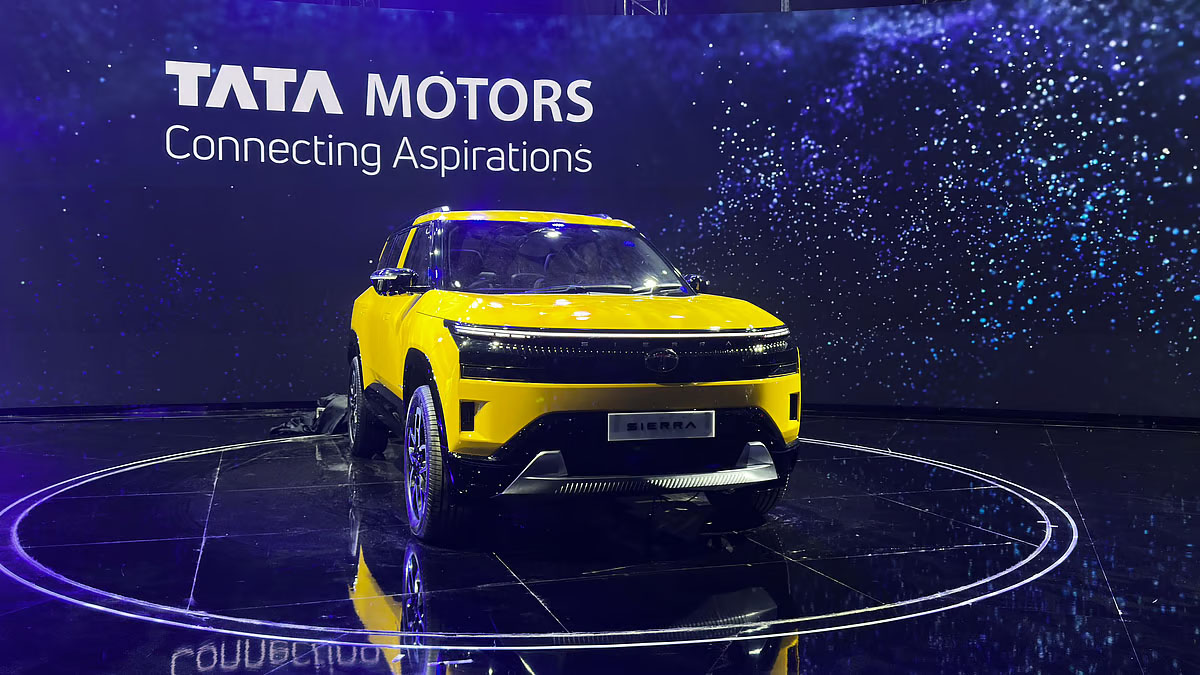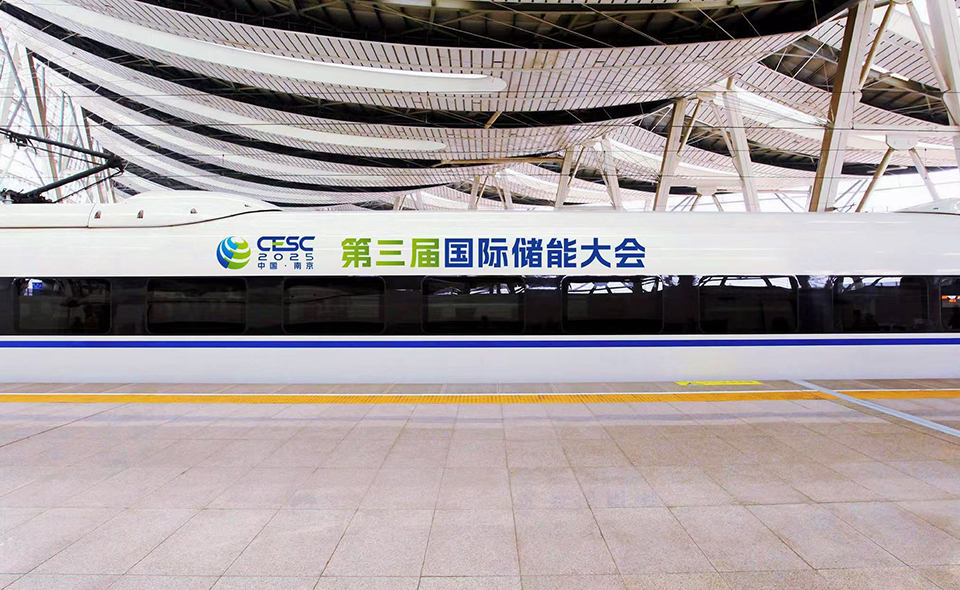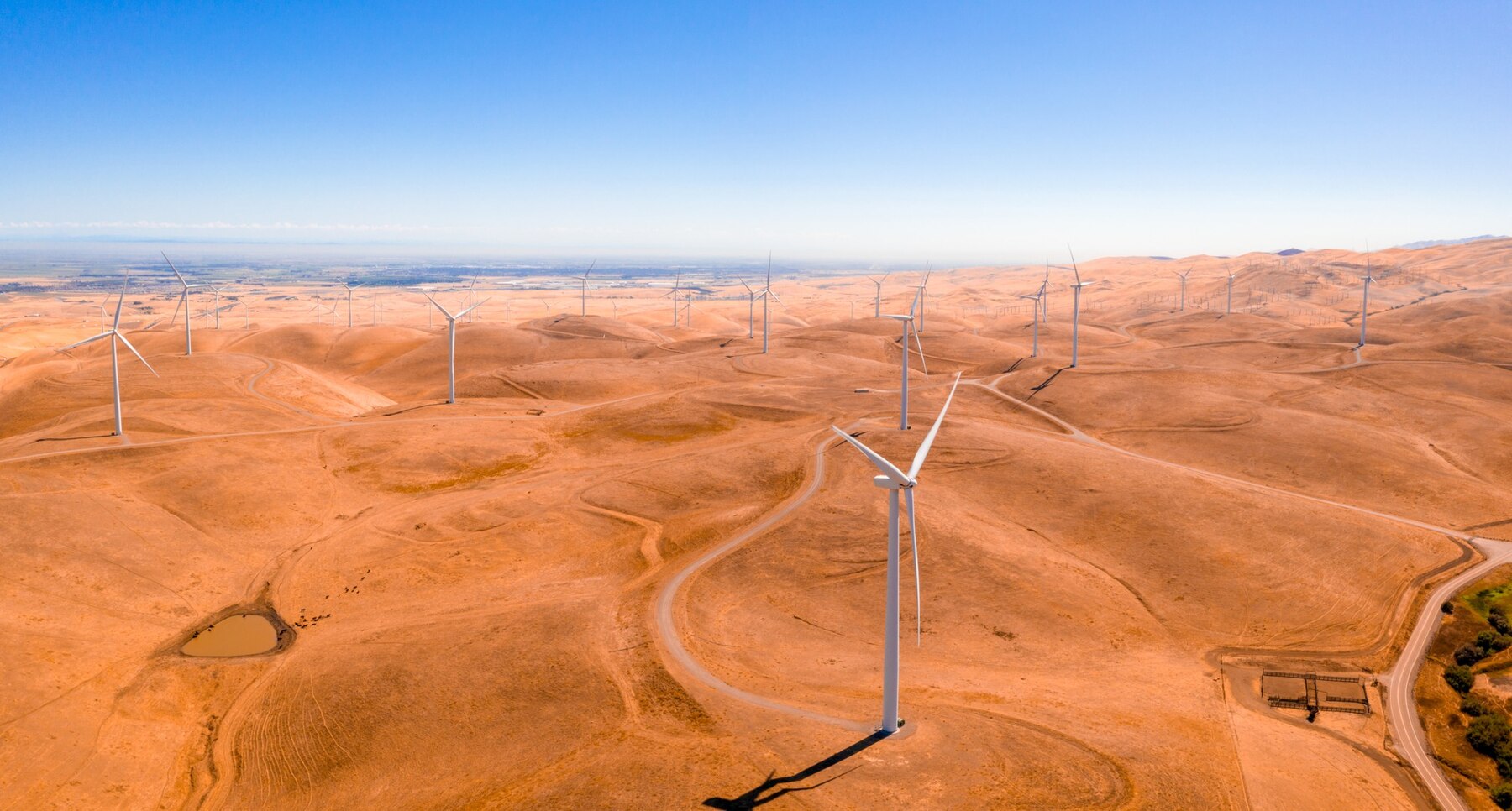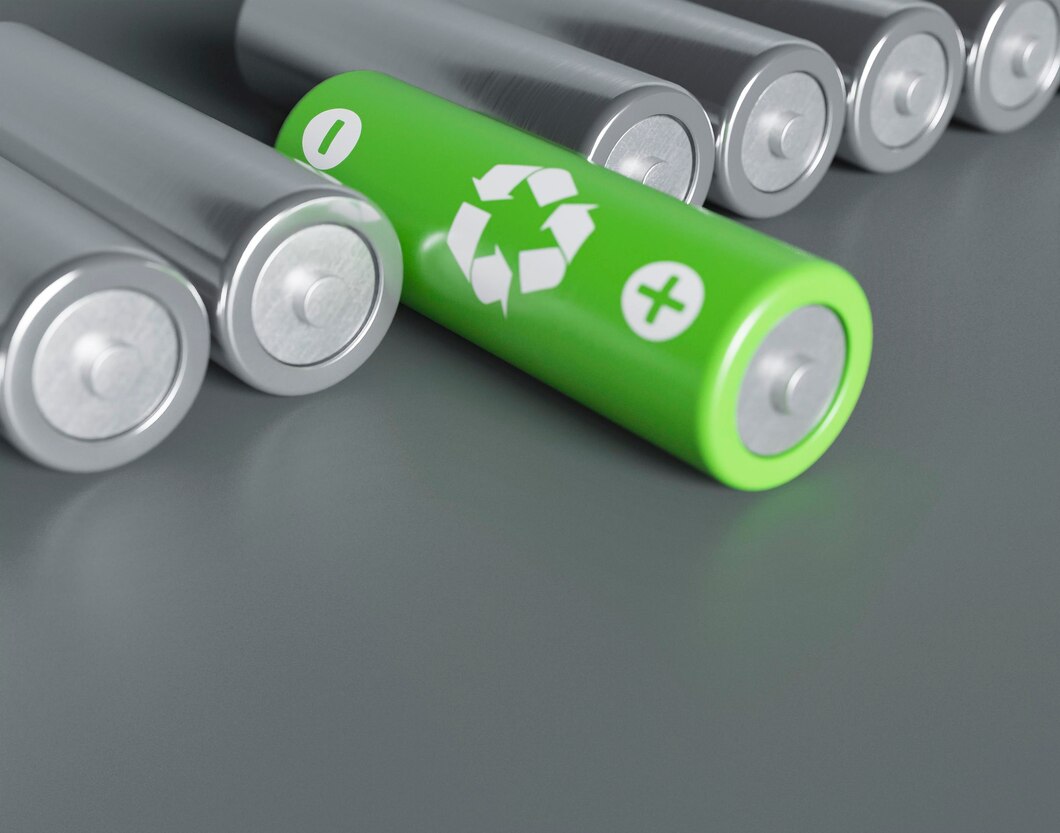
Tata Motors bets on local batteries
India's electric vehicle market: A booming new sector
Entering the year 2025, the Indian electric vehicle market ushered in a lively event. At the five-day Indian Auto Show, which opened on January 17 , 2025 , the new Tata Sierra electric vehicle made a stunning appearance, attracting a lot of attention and becoming one of the highlights of the show. This auto show is not only a stage for Tata Motors to showcase new products, but also a microcosm of the booming Indian electric vehicle market.
Judging from market data, India's electric vehicle market is growing strongly. In 2024, India's electric vehicle sales increased by 20%, significantly exceeding the 5% increase in overall car sales. Although electric vehicle sales currently only account for 2.5% of the country's total sales of 4.3 million vehicles, its potential cannot be underestimated. Based on current trends and market dynamics, analysts predict that India's electric vehicle sales are expected to double from 100,000 last year in 2025, and this growth is mainly due to the launch of new electric vehicles by major automakers.
Mahindra, Maruti and Hyundai plan to launch new electric vehicles by 2025Tata Motors' electric vehicle market lead will fall to 62% in 2024 from 73% a year agoElectric vehicle sales in India grow 20%, outpacing overall auto sales growth of 5%Tata Motors plans to raise $750 million from India's electric vehicle incentives
Tata Motors once held a significant leading position in this market full of opportunities. A year ago, its share of the Indian electric vehicle market was as high as 73%, which was the industry leader. However, the market is changing, and as competitors continue to exert their strength, especially JSW MG Motor successfully seizes market share with new cars, by 2024, Tata Motors' market share has dropped to 62%. Not only that, in 2025, well-known automakers such as Mahindra, Maruti and Hyundai also plan to launch new electric vehicles, further intensifying market competition. Even Tesla, the global electric vehicle giant, has shown long-term attention to the Indian market, and competition in the Indian electric vehicle market has become increasingly fierce.
In the face of such a fierce competition, Tata Motors is not sitting still. In an interview with Reuters, the chief financial officer of Tata Motors made it clear that the company will bet on locally produced electric vehicle batteries as a key strategy to maintain its advantage in the increasingly competitive industry. It is understood that the Tata Group has planned to invest an initial $1.5 billion to build a battery super factory in India. In the future, the factory will supply Tata Motors exclusively, helping it to further integrate its supply chain.
Tata's (TAMO.NS) lead in electric vehicles will shrink to 62% in 2024 from 73% a year ago as rival JSW MG Motor gains market share with its new cars. Mahindra & Mahindra, Hyundai Motor and market leader Maruti Suzuki will also launch electric vehicles in India this year. Global electric car giant Tesla (TSLA.O) I have also been paying attention to India for a long time.
Tata Motors Chief Financial Officer PB Balaji told Reuters that Tata Group's initial investment of $1.5 billion to build a battery super factory in India and supply it to Tata Motors will enable it to further integrate its supply chain.
"We are committed to building the entire ecosystem. We will be the dominant player in this market," Balaji said on the sidelines of last week's Indian auto show, which featured electric vehicles from domestic companies as well as China's BYD Co Ltd 002594.SZ. and Vietnam's Vinfast (0TL.F), took center stage.
Tata, owner of iconic British brand Jaguar Land Rover, sells electric car models ranging from $10,000 to $27,000 and uses other companies in the group to supply parts and set up chargers to keep investment and costs low.
Tata Motors will have greater control over the most expensive component of electric vehicles when Agratas, the battery unit of the $165 billion Tata Group, starts producing lithium-ion battery cells in 2026.
"It is a matter of course to launch a car, but can you sustain it forever? Our back end is secure," Balaji said, adding that production at the western Gujarat plant would be "full steam" by 2028.
New entrants Mahindra (MAHM.NS), Maruti (MRTI.NS), and Hyundai (005380.KS), which do not have similarly integrated supply chains, will source batteries and other parts from market suppliers.
Balaji said Tata Motors is also well-funded to cope with the fiercely competitive market. The company has received $1 billion in funding from US private equity firm TPG and is a beneficiary of India's electric vehicle incentive program, and the company hopes to receive about $750 million in funding over the next four years. Balaji said the first tranche of $17 million has been received.
"There is enough money and there is more. TPG is fully funded, the business is well funded and as battery prices start to come down, much of it is starting to be self-funded," he said.
Tata Motors aims to dominate the electric vehicle market in India
In the wave of rapid development of the global electric vehicle industry, the Indian electric vehicle market has shown a remarkable growth trend in recent years, becoming a promising new star in the global electric vehicle field. According to relevant data, India's electric vehicle sales will increase by 20% year-on-year in 2024, reaching about 100,000 units, while the overall automobile sales in the same year increased by only 5%, with total sales reaching 4.3 million units, making electric vehicle sales account for 2.5%. Although the current size of India's electric vehicle market accounts for a relatively small proportion of the overall automobile market, its growth rate far exceeds that of the overall automobile market, demonstrating huge development potential.
Tata Motors said electric models will account for about 12% of its vehicle sales in 2024 and it hopes to grow that to 30% by 2030.
As the world's third largest automobile consumer market, India has a huge population base and growing consumer purchasing power. As the global demand for sustainable transportation solutions grows, India has actively invested in the transformation of the electric vehicle sector and is determined to become a "global manufacturing center" for electric vehicles. Market research institutions' forecasts have also painted a promising blueprint for the future of India's electric vehicle market, predicting that by 2030, electric vehicles will account for nearly one-third of the Indian automobile market. This trend not only reflects the rapid growth of demand for electric vehicles in India, but also attracts the attention of many global automakers, who have laid out their plans in the Indian market, further promoting the development of India's electric vehicle industry.
Tata Motors' Market Position and Challenges
Once glorious, now challenged
In the development of the Indian electric vehicle market, Tata Motors was undoubtedly a shining star and occupied a pivotal position. With its forward-looking strategic layout and active market promotion, Tata Motors emerged in the Indian electric vehicle market, once with a market share of up to 73%, becoming the leader in the Indian electric vehicle field. This brilliant achievement was achieved thanks to Tata Motors' efforts in product research and development, market strategy and brand building. In terms of products, Tata Motors has launched a number of electric vehicle models that meet the needs of the Indian market, such as Nexon EV, Tigor EV, etc. These models have won the favor of Indian consumers with their relatively affordable prices, practical configurations and good cost performance.
However, with the rapid development of the global electric vehicle market, more and more car companies have begun to turn their attention to India, a market with huge potential, and Tata Motors is facing increasing competitive pressure. In recent years, its market share has dropped from 73% a year ago to 62% in 2024. This downward trend reflects the severe challenges faced by Tata Motors in market competition. Competitor JSW MG Motor has successfully gained a certain market share with the launch of new cars, posing a direct threat to Tata Motors' market position. The decline in market share has not only affected Tata Motors' sales and profits, but also had a certain impact on its brand image and market confidence.
Opponents enter the game
Currently, the Indian electric vehicle market is showing a fierce competition. Well-known automakers such as Mahindra, Maruti and Hyundai all plan to launch new electric vehicles in 2025, further intensifying the fierce competition in the market.
As an important local automobile manufacturer in India, Mahindra has rich experience and technology accumulation in the field of automobile manufacturing. The new electric vehicles it plans to launch are expected to attract a large number of consumers with its brand recognition and extensive sales network in the Indian market.
As a leader in the Indian automobile market, Maruti has a deep foundation and a large user base in the field of traditional fuel vehicles. Its entry into the electric vehicle market will also become a competitor that Tata Motors cannot ignore with its strong brand influence and mature sales and service system.
As a world-renowned automobile brand, Hyundai also has strong strength in electric vehicle technology research and development and market promotion. Its launch of new electric vehicles in the Indian market will compete for market share with its advanced technology and high-quality products.
In addition, Tesla, the global electric car giant, has also been paying attention to the Indian market for a long time. With its advanced battery technology, autonomous driving technology and stylish vehicle design, Tesla has many fans in the global electric car market. Once Tesla officially enters the Indian market, with its strong brand appeal and technological advantages, it is likely to have a significant impact on the Indian electric car market.
Chinese car companies such as BYD and Vietnam's Vinfast are also actively developing in the Indian market. BYD is a world leader in battery technology and electric vehicle manufacturing, and has great potential for development in the Indian market. As an emerging electric vehicle manufacturer in Vietnam, Vinfast is also striving to gain a foothold in the Indian electric vehicle market through continuous innovation and market expansion.
The entry of these competitors has brought unprecedented challenges to Tata Motors. How to maintain its advantages in the fierce market competition has become a pressing problem for Tata Motors.
Tata Motors' solution: local battery production
Faced with increasingly fierce market competition, Tata Motors is actively seeking ways to break through, focusing on local battery production, and striving to enhance its competitiveness and sustainable development capabilities in the Indian electric vehicle market through a series of strategic initiatives.
Huge investment to build supply chain
The Tata Group has demonstrated its firm determination and strong strength by planning to invest $1.5 billion to build a battery super factory in India. This huge investment not only demonstrates the Tata Group's long-term optimism about the Indian electric vehicle market, but also lays a solid foundation for the future development of Tata Motors. The construction of this battery super factory will enable Tata Motors to achieve self-sufficiency in battery supply, get rid of its dependence on external suppliers, and effectively reduce battery procurement costs.
At the same time, this move will further integrate the group's supply chain and achieve coordinated development of the entire industry chain from parts production to vehicle manufacturing. By optimizing supply chain management, Tata Motors can better control production cycles and product quality, improve production efficiency, and reduce operating costs, thereby occupying a more advantageous position in market competition. For example, in the procurement of raw materials, the Tata Group can rely on its scale advantage to negotiate more favorably with suppliers, obtain more favorable prices and more stable supply; in the production process, the close collaboration between the battery super factory and the automobile manufacturing factory can achieve seamless docking of production plans and reduce inventory backlogs and logistics costs.
Take control of the core and enhance autonomy
When Agratas, the battery division of the Tata Group, begins producing lithium-ion battery cells in 2026, it will be an important milestone in the development of Tata Motors. As the most expensive and core component of electric vehicles, the cost and performance of lithium-ion batteries directly affect the market competitiveness of electric vehicles. The battery production of Agratas will enable Tata Motors to have greater control over the core technology and key components of electric vehicles, and enhance its autonomy and voice in the market. On the one hand, Tata Motors can customize the production of lithium-ion batteries according to the needs and characteristics of its own products, optimize the performance and parameters of batteries, and improve the key indicators of electric vehicles such as driving range, charging speed and safety, thereby enhancing the market competitiveness of products. On the other hand, the independent production of batteries can also enable Tata Motors to better cope with market fluctuations and changes in raw material prices, reduce the risk of cost increases caused by external factors, and ensure the stable development of the company. For example, in the face of rising prices of battery raw materials, Tata Motors can digest cost pressures and maintain relative stability of product prices by optimizing production processes and improving raw material utilization.
Financial support: helping Tata Motors move forward
In the fiercely competitive Indian electric vehicle market, sufficient funds are an important guarantee for the development of enterprises, and Tata Motors has strong backing in this regard. Tata Motors has successfully obtained US$1 billion in funds from TPG, a US private equity firm. The injection of this huge amount of funds provides a solid financial foundation for the development of Tata Motors. As a private equity firm with extensive influence in the world, TPG's investment in Tata Motors is not only a recognition of Tata Motors' development potential in the field of electric vehicles, but also brings rich resources and experience to Tata Motors. These funds can be used in many key areas such as technology research and development, market expansion, and production facility construction to help Tata Motors improve product competitiveness and accelerate market layout.
At the same time, Tata Motors is also a beneficiary of India's electric vehicle incentive plan, which undoubtedly adds a strong boost to its development. According to the plan, Tata Motors expects to receive about US$750 million in financial support in the next four years. At present, the first US$17 million of funds has been successfully in place. The electric vehicle incentive plan launched by the Indian government aims to promote the development of the country's electric vehicle industry and encourage companies to increase their investment in the field of electric vehicles through financial support, policy preferences and other means. Tata Motors can benefit from it, which fully reflects its important position in India's electric vehicle industry and provides strong policy support for its further development.
These sufficient funds are of vital importance to Tata Motors in coping with fierce market competition. In a highly competitive market environment, funds are the key to the survival and development of enterprises. With sufficient funds, Tata Motors can increase investment in technology research and development, continuously improve product performance and quality, and develop more competitive electric vehicle models. For example, in terms of battery technology research and development, increasing capital investment can accelerate the improvement of battery performance, increase driving range, and shorten charging time, thereby meeting consumers' growing demand for electric vehicles. In terms of marketing, sufficient funds can enable Tata Motors to carry out more extensive marketing activities, enhance brand awareness and reputation, and attract more consumers to buy its products.
Funding also plays an indispensable role in Tata Motors' promotion of the construction of a battery factory. The construction of a battery super factory requires a large amount of capital investment, including land acquisition, plant construction, equipment procurement, technology research and development, and other aspects. Adequate funds can ensure the smooth construction of the battery factory, complete the construction tasks on time and put it into production. As mentioned earlier, the Tata Group plans to invest US$1.5 billion to build a battery super factory, and the implementation of this fund requires a stable source of funds as a guarantee. Only with sufficient funds can Tata Motors advance the construction of the battery factory as planned and achieve the goal of local battery production, thereby reducing battery costs and enhancing product competitiveness.
In addition, sufficient funds also provide more possibilities for Tata Motors' business development. It can be used to expand the sales network, open more sales outlets and service centers in the domestic and international markets of India, and improve the market coverage and after-sales service level of products; it can also be used to cooperate with other companies to jointly develop new technologies, open up new markets, and achieve mutual benefit and win-win results. In future development, as battery prices fall, Tata Motors is expected to achieve self-financing of business funds and further enhance its sustainable development capabilities. But at the current stage, the support of these external funds is undoubtedly an important guarantee for Tata Motors to move forward steadily in the fiercely competitive Indian electric vehicle market.
Future Outlook of India's Electric Vehicle Market
Sales volume expected to double in the short term
In the short term, the Indian electric vehicle market has shown extremely strong growth momentum, and sales are expected to double. In 2024, India's electric vehicle sales will be about 100,000 units, and analysts have made optimistic forecasts based on the current market development trend, predicting that electric vehicle sales will double from 100,000 units last year in 2025. This forecast is not groundless, and the launch of new cars is one of the key factors driving sales growth. Many automakers plan to launch new electric vehicles in 2025, such as Mahindra, Maruti, Hyundai and other automakers mentioned above, and their new cars will provide consumers with more choices. These new electric vehicles have significantly improved in technical performance, design concepts and configuration levels, and can better meet the increasingly diverse needs of consumers. For example, some new electric vehicles may use more advanced battery technology, and the range has been greatly improved, solving consumers' concerns about range; or they are more rich in smart technology configurations, such as equipped with automatic driving assistance systems, smart interconnection systems, etc., which improve consumers' driving experience.
In addition, the Indian government has been committed to promoting the development of electric vehicles and has introduced a series of policy measures. The continued promotion of these policies will also play an important role in the growth of electric vehicle sales. The electric vehicle incentive plan launched by the Indian government provides consumers who purchase electric vehicles with policy support such as subsidies and tax incentives, which reduces consumers' car purchase costs and increases consumers' enthusiasm for purchasing electric vehicles. The government is also increasing investment in the construction of charging infrastructure. Although the current charging infrastructure is still insufficient, as the construction progresses, it will gradually improve the use environment of electric vehicles, reduce consumers' worries, and thus promote the growth of electric vehicle sales.
Long-term goals and challenges
In the long run, the Indian government has set an ambitious goal to increase the sales of electric vehicles to 30% by 2030. The setting of this goal fully reflects the Indian government's firm determination to promote the development of the electric vehicle industry and achieve sustainable transportation. Achieving this goal is not easy, and the Indian electric vehicle market still faces many severe challenges in its development.
In terms of infrastructure construction, the imperfection of charging facilities is an important bottleneck restricting the development of electric vehicles. Although the Indian government has realized the seriousness of this problem and has begun to increase investment in the construction of charging infrastructure, the number of charging facilities is still far from enough and the distribution is uneven. In some cities and major traffic arteries, the number of charging piles is limited and cannot meet the charging needs of electric vehicles; in remote areas, charging facilities are even more scarce, which makes consumers face "range anxiety" when traveling long distances, greatly limiting the scope of use and market acceptance of electric vehicles. The construction of charging infrastructure requires a large amount of capital investment, involving issues in many aspects such as land planning and power supply. The construction is difficult and requires the joint efforts of the government, enterprises and all sectors of society to promote it in a coordinated manner.
Cost control is also a major challenge facing the Indian electric vehicle market. At present, the cost of electric vehicles is generally high, which is mainly due to the high cost of batteries and large investment in technology research and development. As the core component of electric vehicles, the cost of lithium-ion batteries accounts for a large proportion of the cost of the entire vehicle. Although with the continuous advancement of technology and the expansion of the scale of the industry, the cost of batteries is expected to gradually decrease, but in the short term, battery costs are still a key factor affecting the price competitiveness of electric vehicles. In addition, the production scale of electric vehicles is relatively small, and economies of scale have not yet been formed, which also leads to an increase in production costs. In order to reduce costs, Indian electric vehicle companies need to increase investment in technology research and development, improve battery technology and production efficiency, and actively expand the market, expand production scale, and reduce costs through economies of scale.
Consumer awareness and acceptance are also important factors affecting the development of the Indian electric vehicle market. Although electric vehicles have obvious advantages in environmental protection and energy saving, some consumers still have doubts about the performance, safety and reliability of electric vehicles due to insufficient publicity and promotion and the need for consumers to recognize and accept new technologies. Some consumers are worried about the insufficient range of electric vehicles, long charging time, short battery life and other issues. These concerns make them wait and see when buying electric vehicles. Therefore, strengthening consumer education and publicity and promotion, and improving consumers' awareness and acceptance of electric vehicles are one of the important tasks to promote the development of the Indian electric vehicle market. Companies can let consumers experience the advantages of electric vehicles in person and enhance their confidence in electric vehicles by holding test drives and conducting publicity lectures.
Tata Motors and the future of the Indian electric vehicle market
Tata Motors plays an important role in the development of the Indian electric vehicle market. In the face of an increasingly competitive market environment, its strategic layout of local battery production is expected to enhance its competitiveness and maintain its market dominance. This strategy will not only help Tata Motors integrate the supply chain and reduce production costs, but also enable it to better control core technologies and adapt to market changes. Although the Indian electric vehicle market is currently small in scale, it has strong growth momentum and broad development prospects.
However, the Indian electric vehicle market is also facing many challenges in its development, such as imperfect charging infrastructure, difficulty in cost control, and the need to improve consumer awareness and acceptance. These problems require joint efforts from the government, enterprises and all sectors of society to solve them in a coordinated manner. The government should continue to increase investment in charging infrastructure construction, improve relevant policies and regulations, and strengthen publicity and education for consumers; enterprises should increase investment in technology research and development, improve production efficiency, reduce costs, and improve product quality and service levels. Only in this way can the Indian electric vehicle market achieve sustainable development and make greater contributions to India's green transportation and economic growth.
About CESC2025
International Energy Storage Conference and Smart Energy Storage Technology and Application Exhibition
CESC2025, the 3rd International Energy Storage Conference and Smart Energy Storage Technology and Application Exhibition (hereinafter referred to as CESC), is a comprehensive exhibition that integrates internationalization, foresight and practicality, created by the Jiangsu Energy Storage Industry Association. It is one of the most influential industry exchange and docking platforms in the global energy storage field, and is known as a high-standard exhibition with high gold content and strong guidance in the energy storage industry. It is a weathervane for the development of China's energy storage industry.
As the first exhibition of the energy storage industry in 2025, this conference is sponsored by BYD and the dinner is sponsored by Sineng Electric. Nearly 200 important guests, including leaders of relevant government departments, academicians, energy storage experts and scholars, and senior representatives of leading enterprises in the industry, will be specially invited to attend the conference, focusing on the application and development of energy storage technology, promoting high-quality development of the industry, and conducting exchanges and discussions. It will provide a high-quality communication service platform for upstream raw material suppliers, midstream system integrators, and downstream application scenario providers from global energy storage, which brings together the latest market information, technological innovations, policies and regulations, and other information, and fully demonstrate the current situation and future of the energy storage industry.
English website: https://www.cescexpo.com
Chinese website: https://www.cescexpo.cn

Latest News












Ms. Liu +86 132 6100 0097

协办单位:全国工商联新能源商会、电力规划设计总院
支持单位:江苏省发展和改革委员会、江苏省工业和信息化厅、江苏省商务厅
国网江苏省电力有限公司
国际支持:欧洲储能行业协会、德国智能城市交通协会
承办单位:创能国际会展服务(江苏)有限公司、东浩兰生会展集团股份有限公司
溧阳深水科技咨询有限公司



